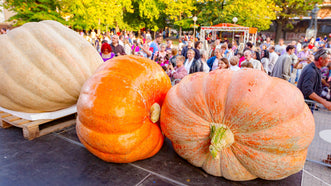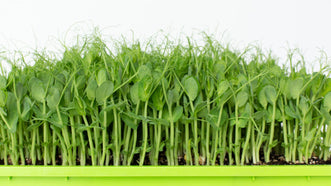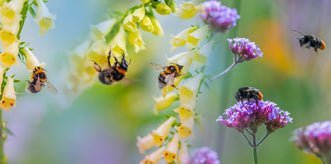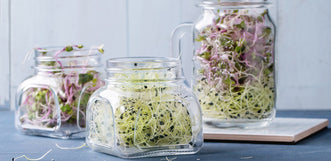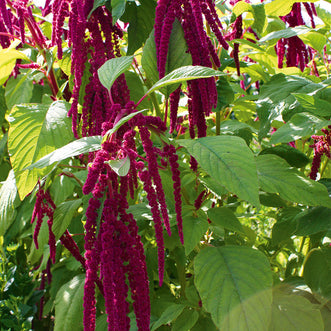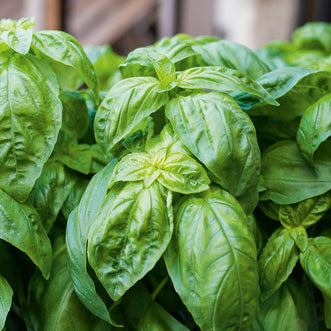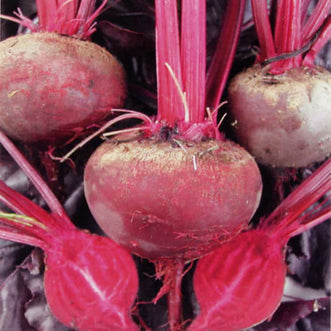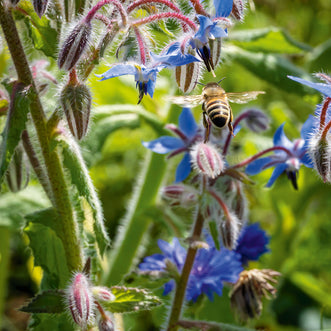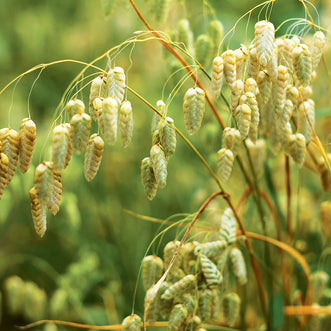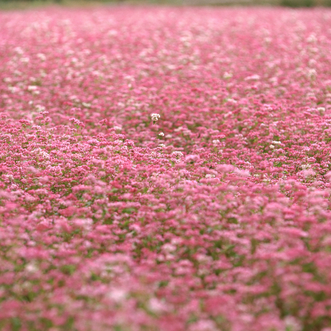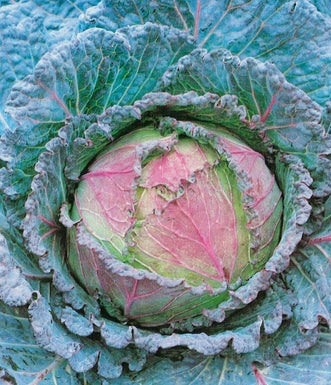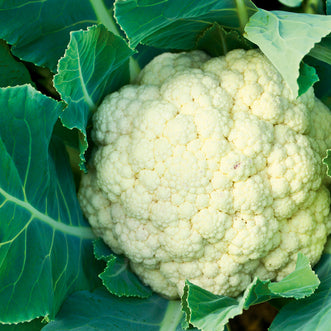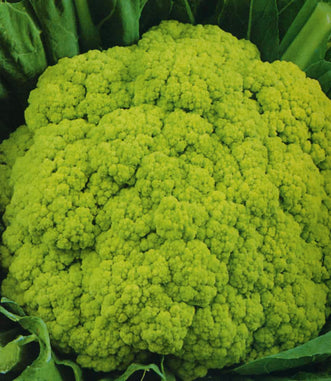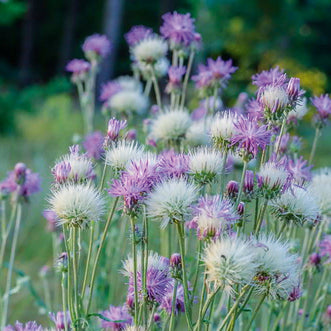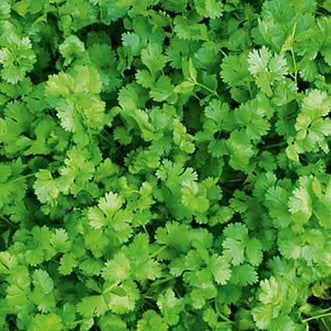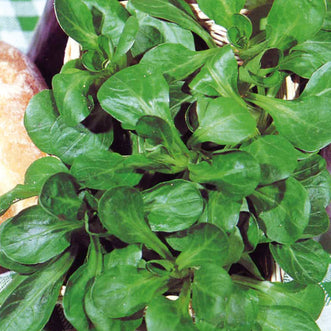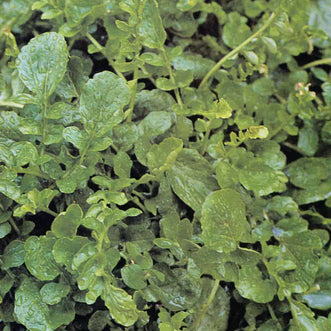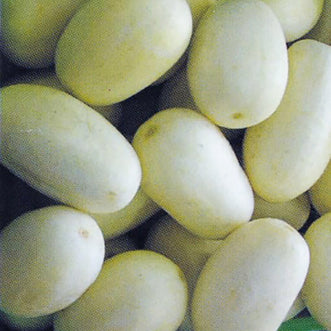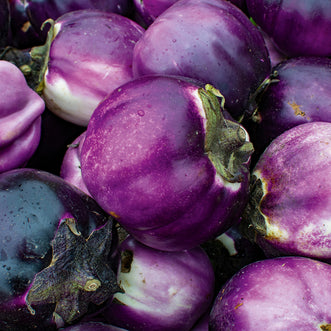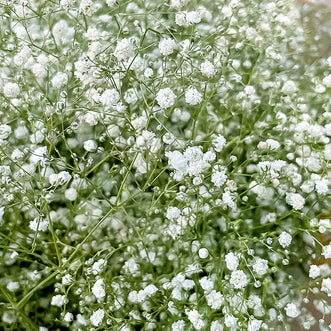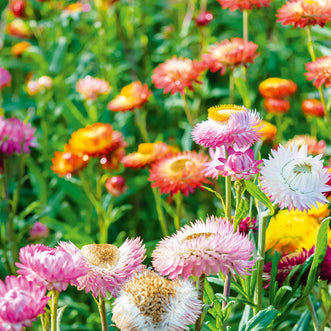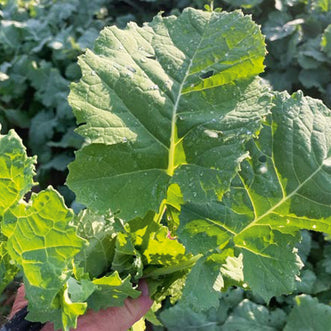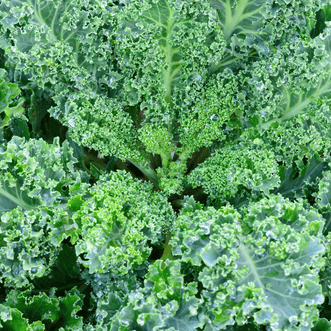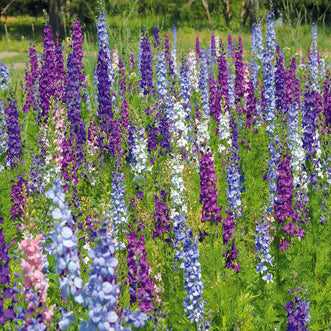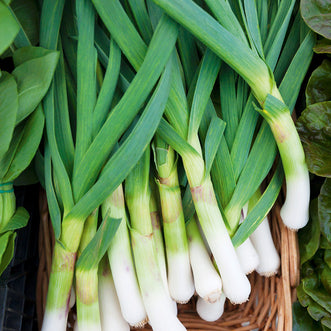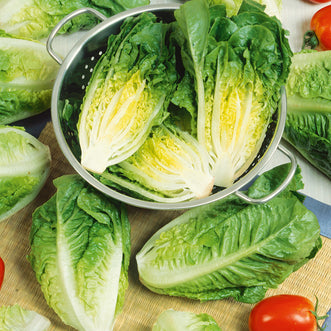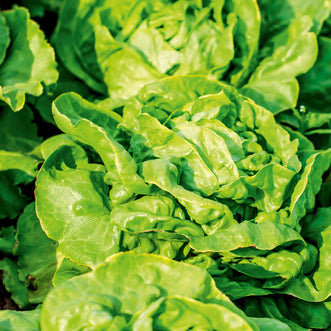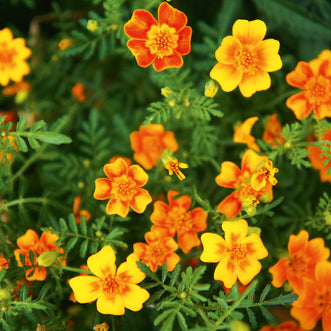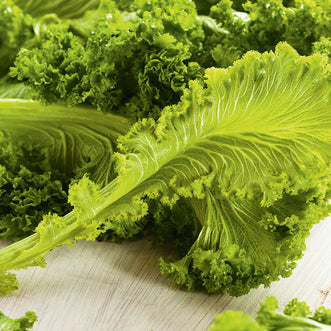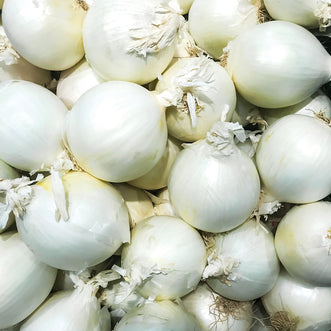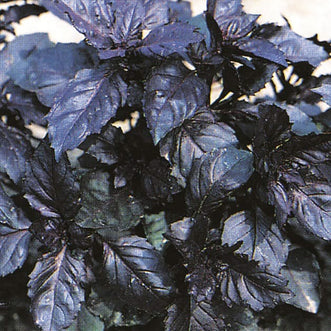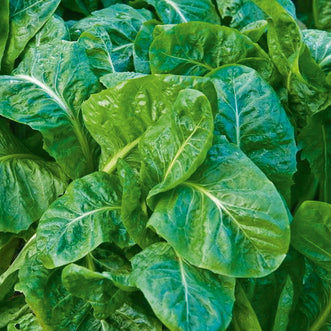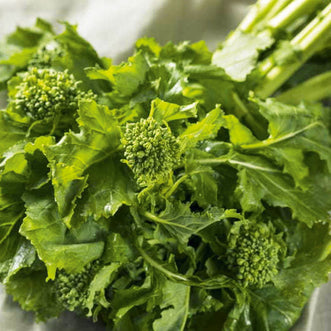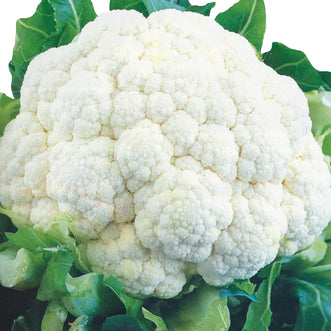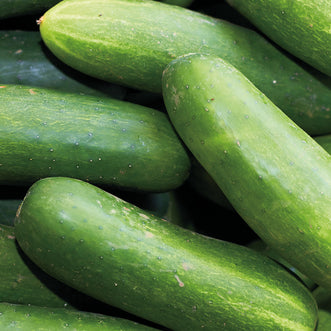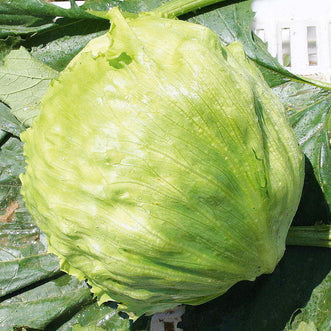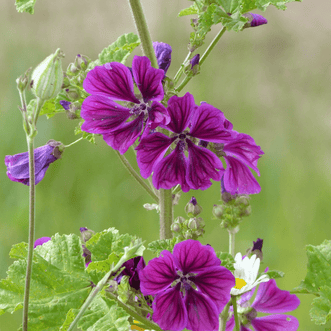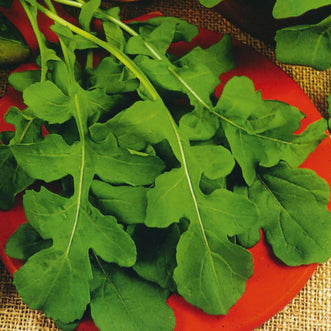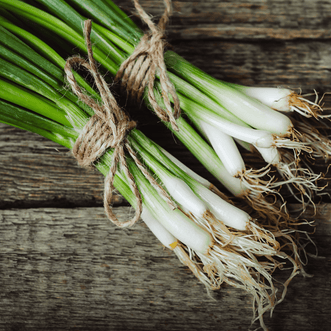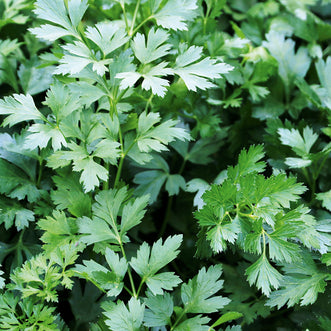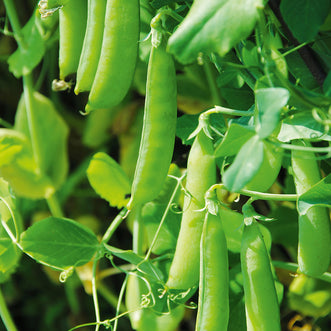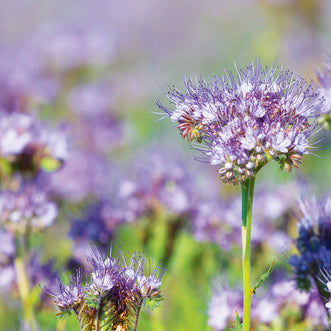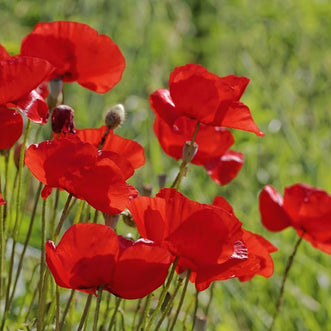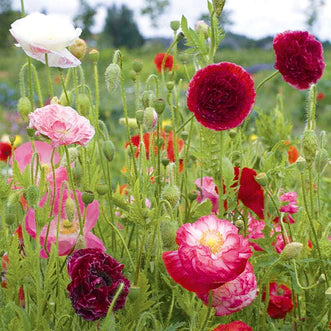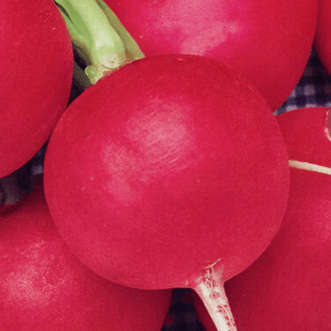Protecting your crops from Jack Frost

What is a frost?
Frost is a thin layer of ice that forms when water vapour in the air is exposed to temperatures below freezing point causing it to change from a gas to a solid and settle on surfaces. Frosts injure plants when water in the plant cells turn into ice crystals which can damage plant tissue.
Frosts occur when there are still, clear skies at night which allow warmth from the ground to escape into the atmosphere. Cloudy nights help insulate the earth from sudden swings in temperature and a bit of air movement from the wind or a breeze keeps warm air circulating and cool air from freezing and settling.

Some vegetables enjoy a good old frost and, in fact, it will increase their flavour and sweetness. Parsnip, Carrot, Beet, Brussels Sprouts, Kale, Cabbage, Swiss Chard and Leek are all good examples of this happening. While many perennial flowers will bloom stronger the next year after a good chilling.
Unfortunately, vegetables like Tomato, Beans, Cucumber and Pumpkin have leaves and stems that can’t cope with frost and should only be grown in the warmer months.
How can you protect your crops from frost?
Firstly, learn to identify when a frost is likely to occur by understanding your local climate and weather conditions. If the weather reports are saying clear skies and no wind, then be on the alert.
Here are a few tips that may help:

Bring potted plants inside or under cover – potted plants are more prone to cold since they won’t benefit from the insulating of the earth as ground plants will. Choose a place that isn’t too warm but still gets good levels of light and air flow, perhaps under the eaves or beneath an open canopied tree. Take the opportunity to check your plants for harmful insects like scale or mealy bugs so you’re not transferring these troublesome critters from one part of your garden to another.

Add a thick layer of mulch to your garden beds. Use straw, wood chips, leaf mould or any other clean, biodegradable plant matter that doesn’t have seeds in it. Not only will it generate warmth as it breaks down and insulate plant root systems below ground, it will decompose and provide valuable microbial life to nurture plant growth and keep the soil healthy.

Give them a blanket for the night. For larger plants it can be a bed sheet, a drop cloth or a commercial frost cloth with a breathable weave. For rows of plants, consider investing in a reusable cloche cover supported by hoops and secured by pegs in the ground. These are easy to put up with minimum fuss and can be rolled up to ventilate your crop during the day. Good ones will last for many years when stored and maintained correctly.
It’s all about airflow. Keep the air moving, in large horticultural operations they might rely on tall windmill like fans or even helicopters to invert the warmer layers of air and move it around. At a home gardener level, a large portable fan or blower strategically placed might be enough to raise the temperature several degrees.




